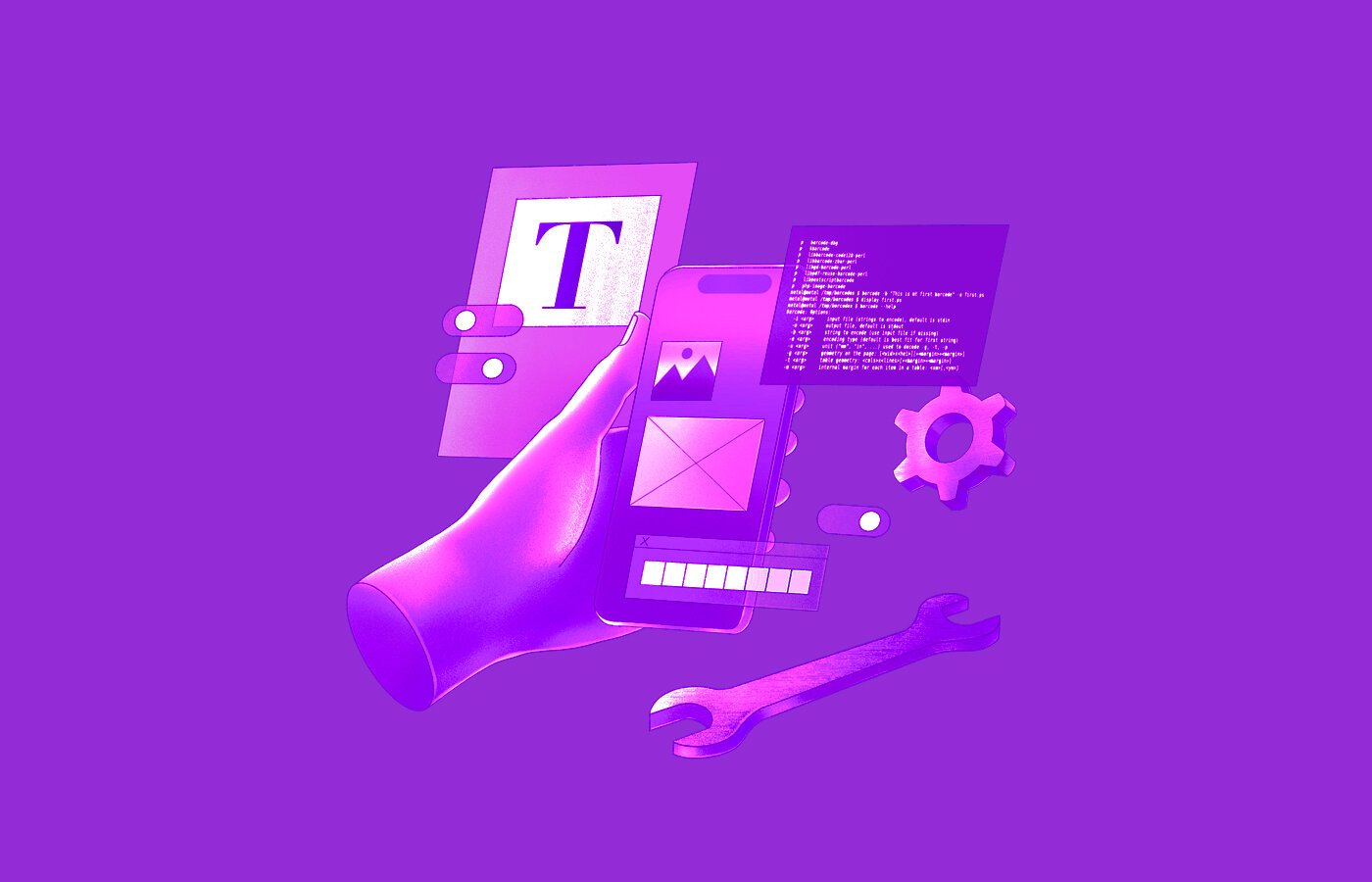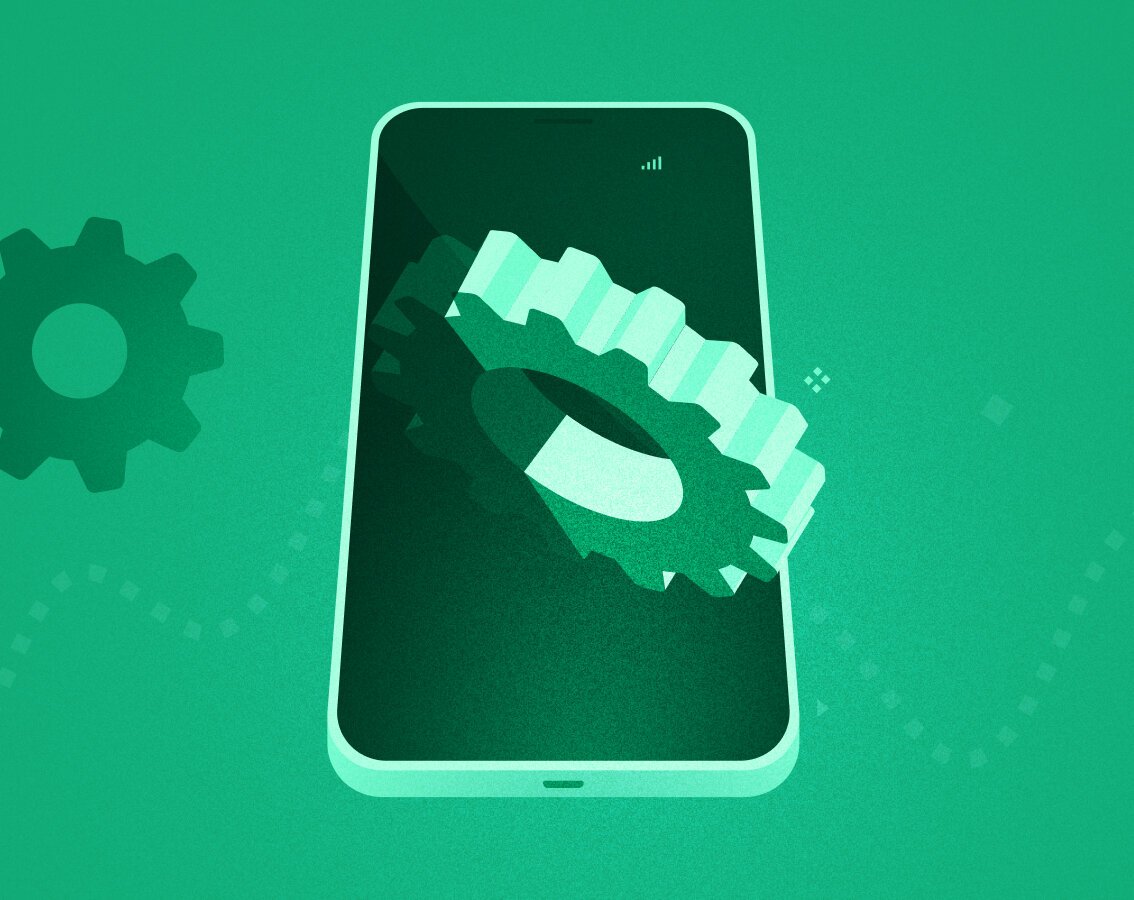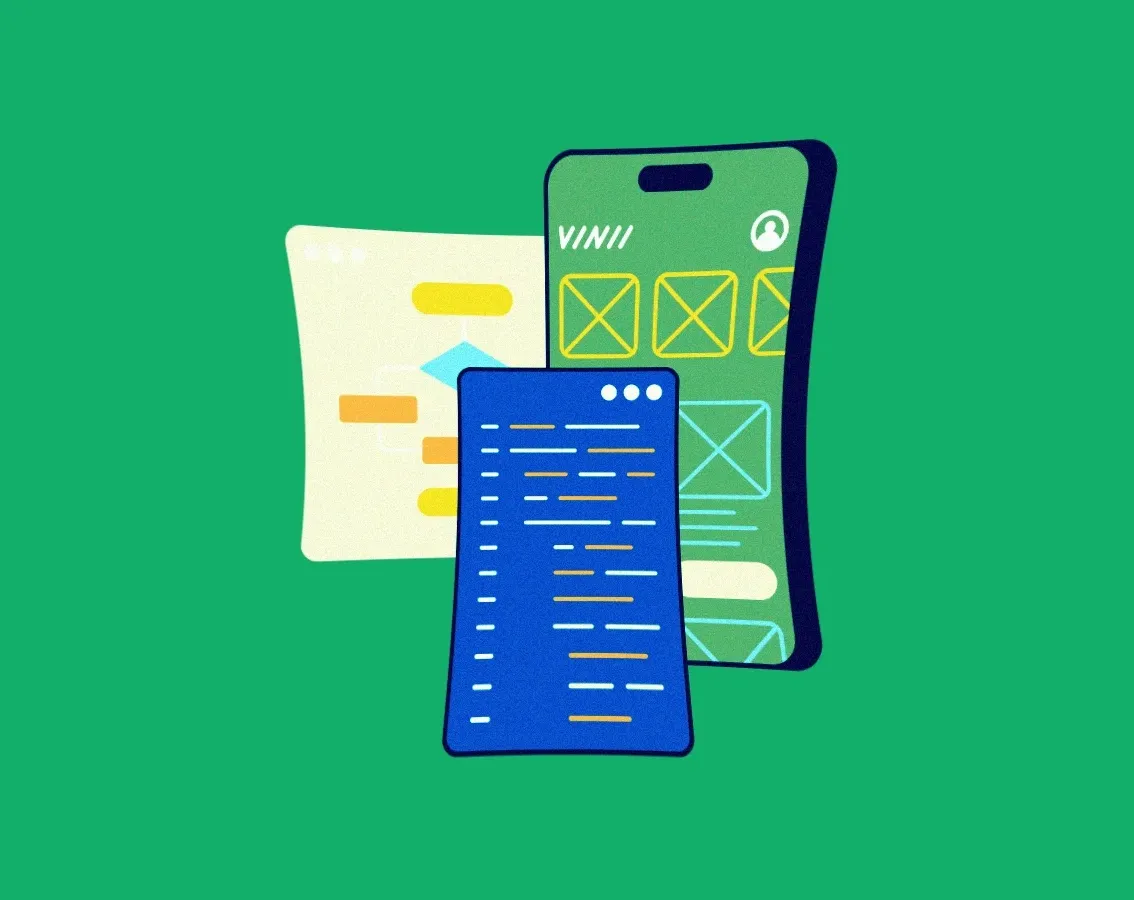blog
A Realistic Look at App Development Timelines: What to Expect
By Mohan S Development App development Customer Experience November 18, 2024

How much time does it really take to transform your idea into an app?
Once you have decided who will develop your mobile app, you want to know when you can release it. There are several ways of estimating development time.
The time it takes to develop an app depends on its complexity, target platforms, and specific features. Accurately estimating development time also helps you gauge the development project cost.
According to research by GoodFirms, 53.7% of web development companies take 4 to 8 months (16-30 weeks) to build simple to moderately complex apps.
Simple Apps: 2-3 months, usually with basic features.
Moderately Complex Apps: 4-6 months, with custom functionality or design.
Complex Apps: 9+ months, incorporating advanced features, third-party integrations, or specialised user flows.
For instance, an app like a to-do list might take only 2-3 months, while an on-demand marketplace or social network may need closer to a year due to more extensive development and testing.
Below, we've estimated app development time by factoring in different stages, common challenges, and the resources required. Keep in mind, this is a general estimate and won't apply to every app development project.
App Development Times by Stages
App development is a multi-stage process, with each phase building the foundation for the next. From initial research and planning to design, development, testing, and launch, each stage has its own critical tasks and time requirements.
Investors are able to obtain a better understanding of the development timeline and the areas where the majority of investment takes place by understanding these stages and the work that goes into them.
Since each stage has a specific timeline, these timelines can also further help you breakdown the expenses for developing your app.
1. Idea and Research Phase (1-2 Weeks)
What It Involves: Defining the app concept, conducting market research, and analysing user needs and competition.
Example: Identifying essential features and learning user preferences through focus groups and surveys.
Time Estimate: 1-2 weeks, but more complex ideas might take up to a month.
2. Planning and Design Phase (3-8 Weeks)
What It Involves: Developing wireframes, user flows, and app design. Prototyping helps visualise the user experience and makes it easier to adjust functionality early on.
Example: In the design of Airbnb’s app, early wireframes helped refine user flows for booking, showcasing the need for simplicity and quick access to relevant features.
Time Estimate: 3-5 weeks for basic designs; advanced prototyping or design testing can extend this phase to 8 weeks.
3. Development Phase (3-6 Months)
What It Involves: Writing code for the app’s front-end and back-end, building features, and integrating services. This stage varies most in length based on app complexity.
Basic Apps (3-4 months): These include simple interfaces and basic functionality, such as a calculator or to-do list.
Moderate Complexity Apps (4-6 months): Examples include fitness tracking apps with real-time data tracking or photo editing apps.
High Complexity Apps (9-12 months): These include apps with extensive user flows, such as social networks or marketplaces.
Example: Uber's development included complex algorithms for real-time location tracking, mapping, and payment processing, extending development time significantly.
4. Testing and Quality Assurance (3-6 Weeks)
What It Involves: Testing for functionality, usability, security, and compatibility across different devices. Bugs found during testing can require additional development time to fix.
Example: High-quality apps like Slack and Zoom conduct extensive testing to ensure smooth performance across devices, which is crucial for user retention.
Time Estimate: 3-4 weeks for basic apps, up to 8 weeks or more for complex apps.
5. Deployment and Launch (1-2 Weeks)
What It Involves: Releasing the app on app stores, setting up analytics, and ensuring support channels are ready. Compliance with app store guidelines can impact launch time.
Example: Some apps need multiple rounds of app store review, especially in highly regulated fields (e.g., finance, health).
Time Estimate: 1-2 weeks if all guidelines are met promptly.
Factors Impacting App Development Timelines
App development timelines are influenced by a range of factors, from the app’s core functionality and platform choice to team expertise and integration needs. Identifying these factors early on can help anticipate potential roadblocks, optimise planning, and minimise unexpected delays.
1. App Complexity and Features
The more features, screens, and user flows an app has, the longer it takes to develop. Basic apps might only need login functionality, whereas a social media app may need chat, notifications, user profiles, and media sharing.
Example: Developing a food delivery app like DoorDash requires complex features like real-time location tracking, payment processing, and live chat, each adding time.
2. Platform Choice
Native Development: Separate development for iOS and Android. Native development is ideal for performance and customisation but requires double the work if you are targeting both platforms.
Cross-Platform Development: Frameworks like Flutter and React Native enable code reuse across platforms, cutting down development time.
Example: Airbnb initially developed its app in React Native to reduce development time and costs but later switched to Native for greater customisation.
3. Team Structure and Expertise
A skilled and well-structured team can work faster than a smaller, less experienced team.
Example: A specialised team with dedicated roles (project manager, designer, front-end and back-end developers, QA) can efficiently manage large-scale projects and meet timelines.
4. Third-Party Integrations
Integrating APIs for payment, maps, or social media increases development time due to compatibility and testing requirements.
Example: Apps requiring secure payment gateways (e.g., Stripe, PayPal) or messaging APIs (e.g., Twilio) take additional time for integration and security checks.
What Causes Slow Development Times and How to Avoid Them
Delays in app development can be costly and frustrating, impacting budgets, launch plans, and, ultimately, user satisfaction. Common challenges in app development like scope creep, inadequate testing, and unclear requirements can add weeks or even months to a project timeline.
Project Management Institute (PMI) finds that nearly 52% of development projects encounter scope creep, while poorly defined project requirements account for 37% of project failures.
1. Scope Creep
When new features are added mid-development, it extends timelines, often by weeks or months.
Solution: Establish a well-defined scope at the start, using Agile sprints and regular feedback to minimise changes.
2. Inadequate Testing
Skipping or reducing testing leads to more bugs later, increasing rework time.
Solution: Use incremental testing throughout development and have dedicated QA sessions to catch issues early.
3. Unclear Project Requirements
Vague requirements create confusion and delays as developers seek clarity or make changes based on feedback.
Solution: Use mockups, prototypes, and requirement documentation to define features clearly from the outset.
4. Inexperience in the Development Team
Less experienced developers may struggle with complex problems, adding time to the project.
Solution: Collaborate with experienced developers or agencies with a track record for timely project completion.
Conclusion
App development timelines can vary significantly based on factors like app complexity, target platforms, and the chosen development approach. Simple apps with basic features might take a few months, while complex apps with advanced capabilities could take a year or more.
To stay on schedule, it's crucial to have detailed planning, stable requirements, regular testing throughout development, and a skilled team capable of tackling technical challenges efficiently.


